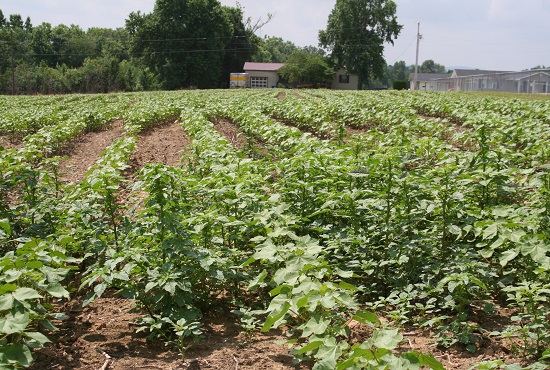A New Map for Cotton Marketing
In early 2008, cotton marketing had become mostly dependent on prices. Merchants focused simply on turning cotton over, using ICE Futures to manage risk. Mills saw little reason to look beyond price when making purchasing decisions. Cotton usage had increased dramatically in the years building up to 2008, and cotton acreage and yields had responded to this demand.
Then, everything changed.
Merchants discovered quickly that use of futures did not eliminate risk. Cash flow to hold positions became critical. Growers who had contracted at higher prices saw many contracts unfulfilled. Mills saw demand retreat, and found that competing on price alone did not rectify the situation. The ability to honor contracts was a significant concern to all involved.
Clearly, as we start the second decade of the 21st Century, cotton marketing is following a new course that requires a revised map to maneuver around the new challenges. In the aftermath of March Madness 2008, many cotton merchants left the business or were purchased by large multi-national, multi-commodity organizations that trade a variety of goods all over the world.
Family-owned cotton firms such as ours have marketed cotton for many years. By focusing on individual partners and being dedicated to working with both producers and consumers, Jess Smith & Sons Cotton has differentiated itself in this time of great change.
How the New Map Looks
Today, managing risk is more important than ever. For many years, basis trading made futures price movement the driving influence for cotton prices. However, the combination of government programs that make futures irrelevant at lower levels and massive investment by index funds in commodity markets has caused the direct relationship between cotton and futures to become uncertain. Use of option strategies to manage risk is now critical to long-term success for everyone in the cotton industry.
Mills, growers and marketers all should include options in their risk management. By enhancing our risk management to focus on options, Jess Smith & Sons Cotton has been able to take advantage of market opportunities for both our growers and mill customers.
The role of the cotton merchant and the relationship with mill customers is changing as well, bringing a new dynamic to the business. Instead of the traditional “buyer-seller” competition, established, long-term relationships have gained in value.
The merchant is no longer just a cotton buyer and seller, focused only on price. Cotton merchants need to understand their customers’ operations. Merchants must be knowledgeable in spinning, knitting, weaving and textile production. They must be a trusted advisor and confidant on whom the spinner can depend for advice on currencies, weather, technical factors and investment funds direction. This relationship relies more on personal and face-to-face interaction, requiring more travel and investment into the client’s needs.
Providing the raw material needed by customers on a consistent basis requires the same partnerships with cotton growers. Jess Smith & Sons works to develop long-term relationships with our producers so that together we can work to provide the quality needed by our customers.
The new map to cotton marketing has a legend that shows a flexible cotton merchant guiding both producers and consumers. It has new risk management guidelines that allows for protection against adverse market fluctuations. However, to find the long-term relationships of a successful marketer, the map can only be read with a partnership of mill, grower and merchant acting as one.








